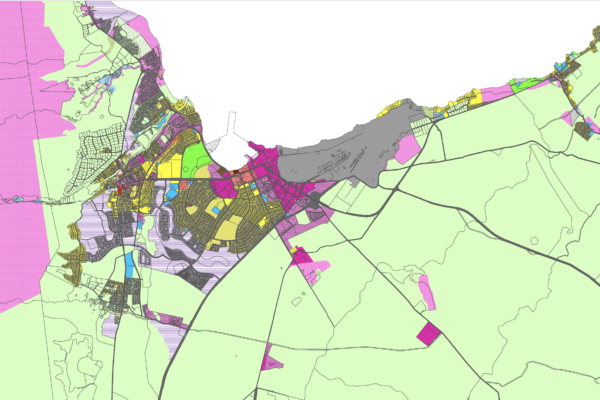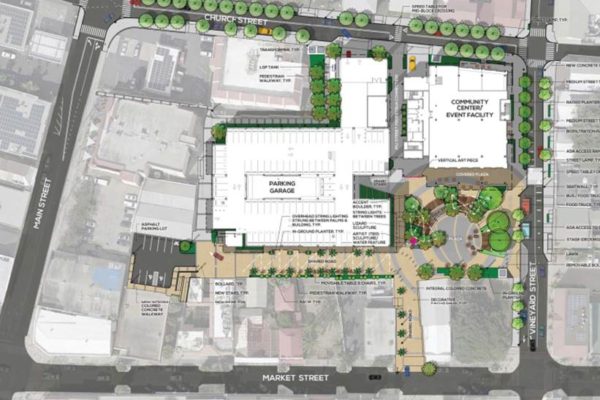By DICK MAYER
How is Maui changing? What do the first results from the 2010 census tell us about our towns, islands and county?
Maui County’s population increased by 26,683 (up 20.8 percent) from 128,241 in 2000 to 154,924. The rate of growth was much faster than that of the whole state. The county population has risen from 10.6 percent of the state’s population to 11.4 percent.
Within Maui County not all of the islands have changed in the same manner. Both Lana‘i and Moloka‘i hardly changed at all. Moloka‘i (including Kalaupapa) declined from 7,404 to 7,345, with much of the decline occurring in the Kalaupapa settlement. Lanai’s population also decreased slightly from 3,139 to 3,135. Maui island’s population grew considerably from 117,644 to 144,444. That’s a decade rise of 26,800 (a 22.8 percent increase), far ahead of the 12.3 percent growth in the state’s population.
Oahu’s population pre-eminence continues to steadily erode. In 1970, Oahu had 82 percent of Hawaii’s population. The recent census shows the strong growth of the Neighbor Islands, so that Oahu now has only 70 percent.
Historically speaking, Maui island at the time of the U.S. takeover of the Hawaiian Islands had 16.3 percent of the population of Hawaii. The proportion decreased steadily, so that by 1970 Maui island had only 5 percent of the state’s population. In fact, from 1930 to 1960 Maui island and county populations declined considerably as the plantations mechanized their operations and residents sought employment elsewhere. During those decades, Oahu grew rapidly and Maui island’s population decreased by 13,401, a huge 27.5 percent decline. Since then, Maui island has grown rapidly and now has 10.6 percent of the state’s population.
Lana‘i reached its peak population in 1940 when it had a population that was 585 more than the present population. Moloka‘i (except Kalaupapa) has had its ups and downs, but in general it has shown a steady increase over last 100-plus years from 2,307 in 1896 to 7,255 today.
The Kalaupapa settlement on Moloka‘i is not legally part of Maui County. It has seen a centurylong, steady decline in population from 785 in 1910 to 90 residents in 2010.
* * *
The Community Plan Districts
Maui County has nine community plan districts. Over the past decade, some districts have grown more rapidly than others. The fastest-growing was Central Maui, which includes the older communities of Wailuku and Kahului with their newer residential areas of Maui Lani and Kehalani. Central Maui saw a whopping 31.2 percent increase over the decade, an additional 12,930 people. South Maui followed with an increase of 4,354, and West Maui jumped 4,209.
Most surprising was the growth of the Upcountry district, which all through the last decade was under building restrictions due to the shortage of water. Despite the controls imposed by the water-meter list, Makawao-Pukalani-Kula grew by 3,972. Haiku-Paia added 911, and East Maui grew a more modest 424.
Maui’s Towns
Kihei/Wailea and Kahului/Maui Lani were by far the fastest growing communities. For the first time, Kihei/Wailea has taken the lead as Maui’s largest “town.” The South Maui community in 2010 had a population of 26,918. Kahului-Maui Lani followed with 26,337. Both of these towns were far ahead of Wailuku (15,313), Lahaina (11,704), Waihee-Waiehu (8,841), Makawao-Olinda (8,268), Haiku-Pauwela (8,118), Kula-Keokea (8,064), Pukalani (7,574) and Napili-Honokowai (7,261).
Historically, Maui’s towns have certainly had their rise, fall, and in a few cases, actual disappearance. For example, in 1940 two of Maui’s largest communities were Puunene and Upper Paia; they are now merely fond memories. Lahaina town’s population rose and fell over the years, rising rapidly from 2,730 in 1930 to 5,217 a decade later. The town then fell to 3,423 by 1960. Thereafter, it began a steady climb to its present level of 11,704.
Without a doubt the most dramatic change has been the growth of Kihei-Wailea. In 1970, the Census Bureau did not even acknowledge the existence of a “community” in South Maui. By 2010, it was Maui’s largest town. Nevertheless, Kihei-Wailea is not nearly as large as the combined Wailuku-Kahului urbanized area.
The Legislature
The justification for requiring the census every 10 years is so that voting districts can be established with equal populations. Although it seems likely that Maui County will retain its three state Senate seats and six state House seats, the 2010 census will necessitate some changes in the boundaries of those districts.
Because of the growth in Central Maui, Sen. Shan Tsutsui and Reps. Joe Souki and Gil Keith-Agaran will probably see the land area of their districts made smaller. All of the other senators and representatives will probably have slight increases in the area of their districts. The redistricting will be done within the next year, so that the 2012 election will reflect these census results.



